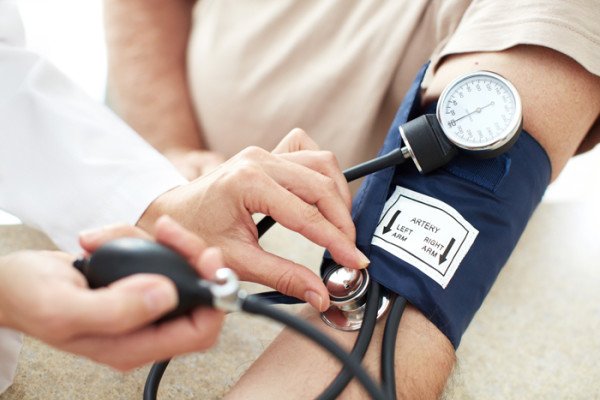Is 120/80 a Normal Blood Pressure? The Answer Might Surprise You
For decades, 120/80 mmHg was considered the “ideal” blood pressure. But recent guidelines have shifted—here’s what you need to know.
📊 Updated Blood Pressure Categories (American Heart Association)
| Category | Systolic (top #) | Diastolic (bottom #) |
|---|---|---|
| Normal | <120 mmHg | and <80 mmHg |
| Elevated | 120-129 mmHg | and <80 mmHg |
| Stage 1 Hypertension | 130-139 mmHg | or 80-89 mmHg |
| Stage 2 Hypertension | ≥140 mmHg | or ≥90 mmHg |
Key Change:
-
120/80 is now at the upper limit of “normal.”
-
130/80+ qualifies as hypertension (vs. the old 140/90 threshold).
Why the Shift?
-
Early Intervention Matters:
-
Risks (heart disease, stroke) rise at lower BP levels than once thought.
-
-
Lifestyle Adjustments Work:
-
Diet, exercise, and stress reduction can reverse “elevated” BP before meds are needed.
-
When to Be Concerned
✔ 120-129/<80: “Elevated” — Time to tweak habits.
✔ 130+/80+: Consult a doctor (lifestyle changes or meds may be advised).
✔ 180+/120+: Seek emergency care (risk of organ damage).
What’s “Normal” for You?
-
Age: Slightly higher BP may be acceptable for seniors.
-
Health Conditions: Diabetes or kidney disease often require stricter control.
-
Activity: BP spikes during exercise are normal (as long as it drops afterward).
Bottom Line
While 120/80 isn’t dangerous, it’s no longer the gold standard. Aim for under 120/80 through:
-
Low-sodium diets (DASH diet helps).
-
Regular cardio (walking counts!).
-
Stress management (meditation, sleep).
Always monitor trends—not just one reading!
Did this surprise you? Share your BP questions below! ❤️🩺
(Note: Guidelines vary slightly by country. Consult your doctor for personalized advice.)
